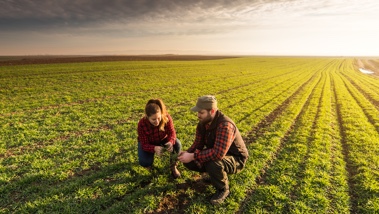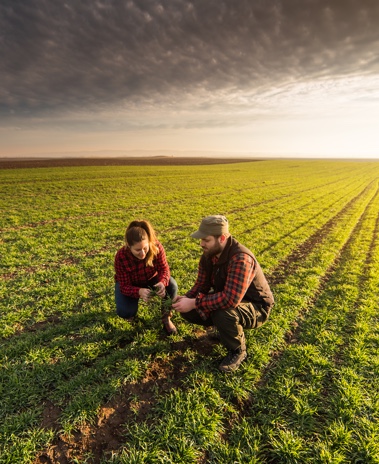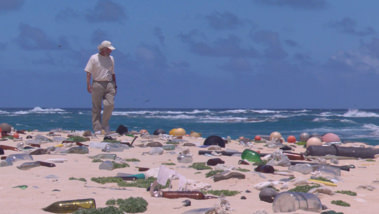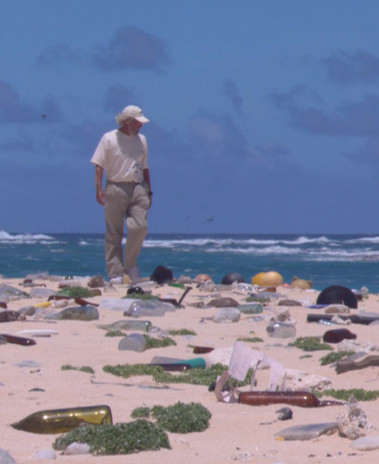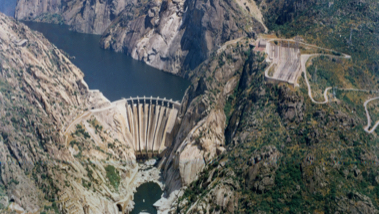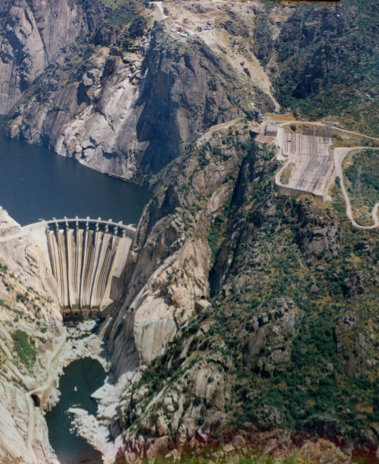#water
Iberdrola group is committed to the efficient management of water resources as it is an essential element for the health and well-being of the planet. Making a rational and sustainable use of water to face the risks related to scarcity is more important than ever and the Iberdrola group strives to reduce the severity of this problem.
-
Agriculture is one of the most polluting economic activities, affecting the atmosphere, soil and water. For this reason, in the midst of the fight against climate change, a change of model that is committed to sustainability is urgently needed. The alternative is organic farming, which is based on respect for the natural dynamics of ecosystems and is, in short, more respectful of the environment and also healthier.
NASA's Stratospheric Observatory for Infrared Astronomy (SOFIA) recently confirmed the presence of water on the lunar surface, specifically in the sunlit area. In the following lines, we will discuss the many implications of this finding, both for future space missions and for a future colonisation of Earth's natural satellite.
-
Facebook The discovery of water on the Moon and its impact: from space missions to future colonisation
-
Twitter The discovery of water on the Moon and its impact: from space missions to future colonisation
-
Linkedin The discovery of water on the Moon and its impact: from space missions to future colonisation
-
Whatsapp
-
-
Iberdrola group contributes directly to achieving Sustainable Development Goal (SDG) 6, clean water and sanitation, working towards rational and sustainable use of this essential resource and tackling the risks related to its scarcity. Thanks to these efforts, the company is currently one of the utilities with the best water productivity and, by 2030, it has committed to reducing the intensity of water use/production by 50 % compared to 2019.
At Iberdrola, we are committed to achieving zero net loss of biodiversity by 2030. For this reason, our offshore wind power business has an Environmental Management System in all projects that includes specific procedures for managing risks to the marine environment.
-
Jean-Michel Cousteau has devoted his life to the sea, and he is watching how human beings are abusing it with a mixture of amazement and concern. One example is the ever-increasing amount of plastic in the water. However, the French explorer has not given up hope and is optimistic about the future, provided that each and every one of us commits to this maxim: "By protecting the ocean, you protect yourself".
Hydroelectric energy is generated by converting kinetic energy from water into electrical energy. To harness this power, enormous hydroelectric infrastructures are built to extract maximum power from this renewable emission-free, local resource. Learn all about it.






